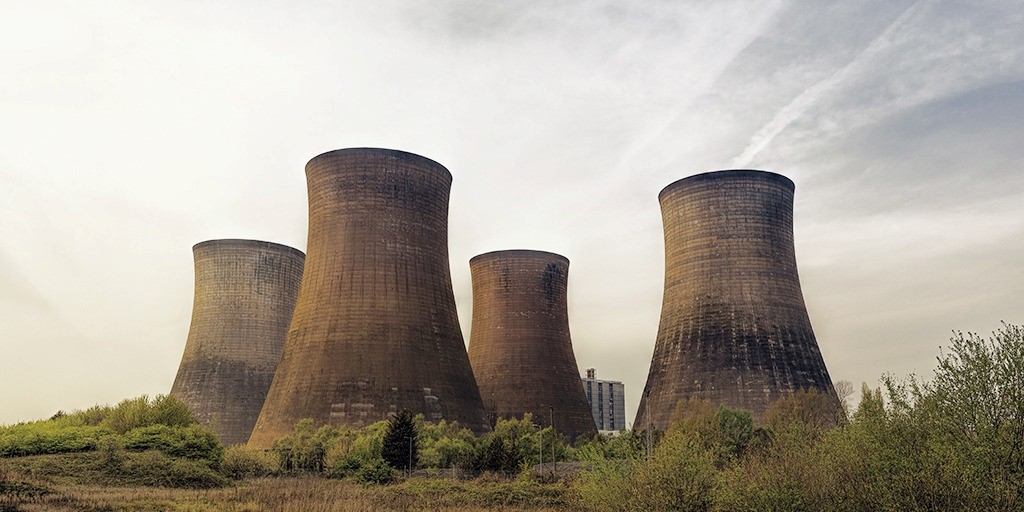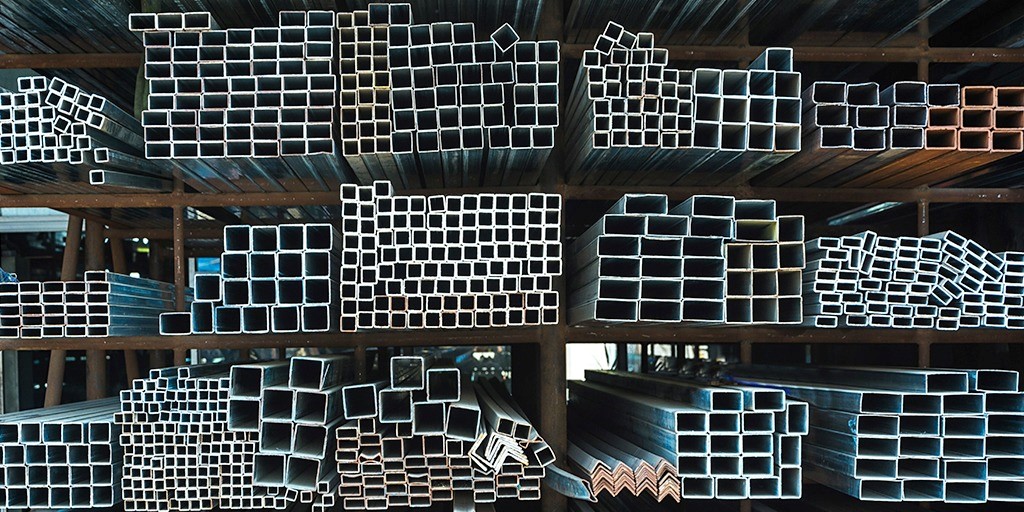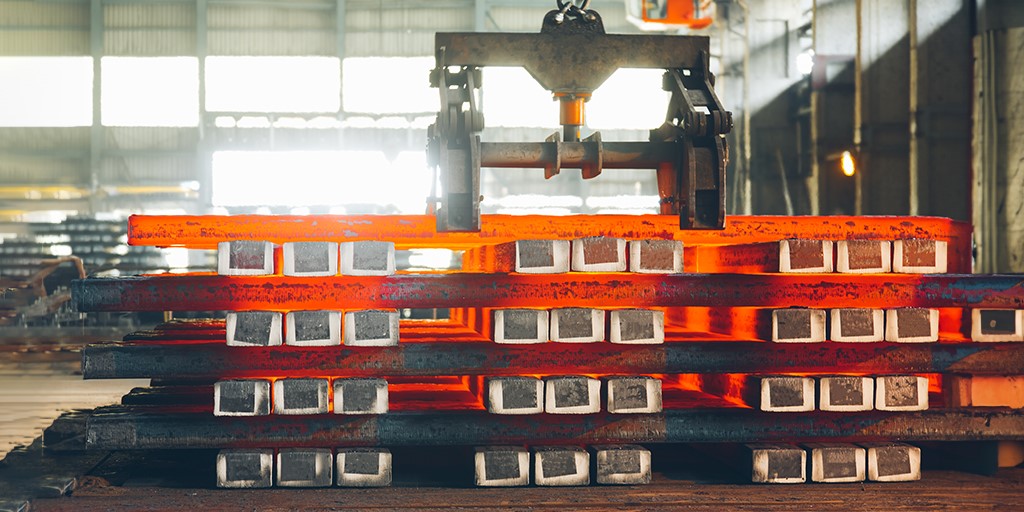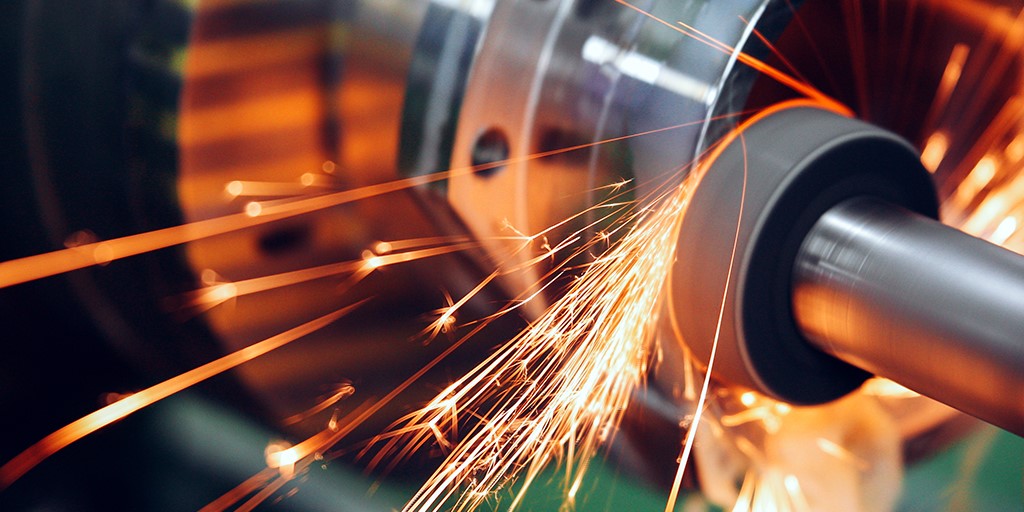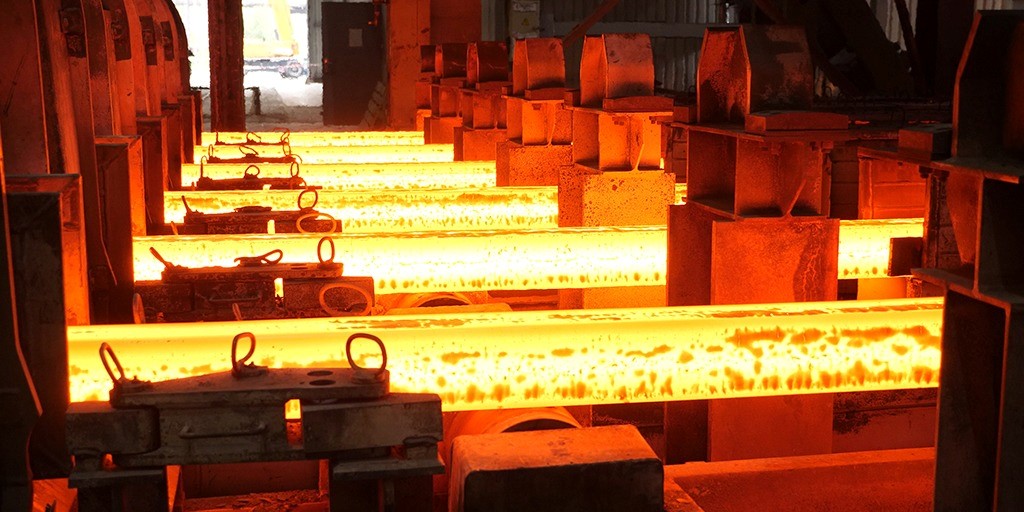
Sustainable steel: Redefining eco-friendly construction
Steel is extremely important to every part of our existence. Steel makes up the trains we travel in, the homes we live in, and the cookware we use. Because no other material has the same strength, formability, and adaptability, as steel. New generation steel has enabled steel users to implement more durable, lightweight, safe, and carbon-lead designs enabling them to be more sustainable.
Among all the building materials, steel is among the most environment-friendly and sustainable options available. Not only is it a significant part of modern architecture, but its reusable and recyclable nature encourages the circular economy approach to lessen environmental effects.
The construction sector has recognised the urgent need to reduce its carbon footprint and has adopted several sustainable practices to promote eco-friendly building. The steel industry underwent significant transformation in the recent past. Huge investments in technology and skill development are paving the way for a more sustainable future. In this blog, we will explore these sustainable practices and their impact on the construction industry in India.
An environment-friendly substitute
The use of steel in construction is growing in popularity as a greener substitute for conventional building materials. Known for being long-lasting, recyclable, and energy-efficient. By using steel in buildings, we can lessen the negative effects of raw material extraction and production on the environment. Furthermore, because of their flexibility, steel constructions allow for easier future expansions and modifications.
Adopting sustainable methods in the extraction of raw materials
Integrating sustainable practices at every stage in the life cycle of steel is key to reducing the carbon footprint. Key industry players ensure that all links in the value chain adhere to sustainable principles. To evaluate the effects of their products on the environment, they place a strong emphasis on life cycle analysis. This information is used further to make well-informed decisions that will limit resource usage, cut emissions, and improve product performance. Utilising this strategic approach encourages environmentally friendly building methods and works towards a more sustainable future.
Embracing technology to promote sustainability
Life cycle assessment is essential in transforming the building sector and promoting the use of sustainable methods. Technology investments in recent times have allowed construction companies to increase productivity and the quality of their finished product. Construction companies are using virtual reality (VR) and augmented reality (AR) to design their product. Immersive experiences from these technologies help the stakeholders imagine the finished product, create construction scenarios, and make maintenance jobs more seamless. Adopting these technologies has also allowed construction players to enhance safety and productivity.
As the need for green buildings is growing continually, so is the need to adopt sustainable solutions in the construction sector. Sustainable steel has helped us build a future that is environmentally conscious and economically viable due to its recyclable nature and vast scope. Encouraging the use of sustainable steel is paving the way for a transformative and green future for the construction sector in India.



